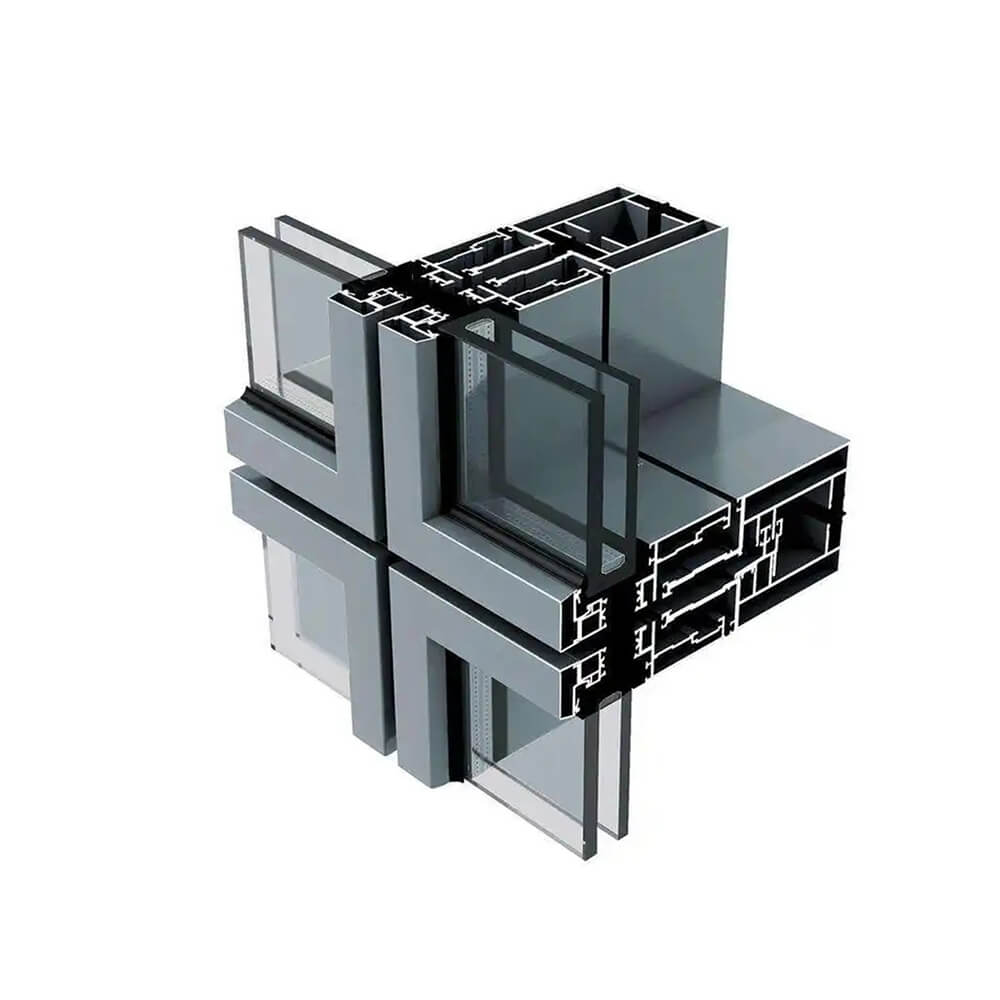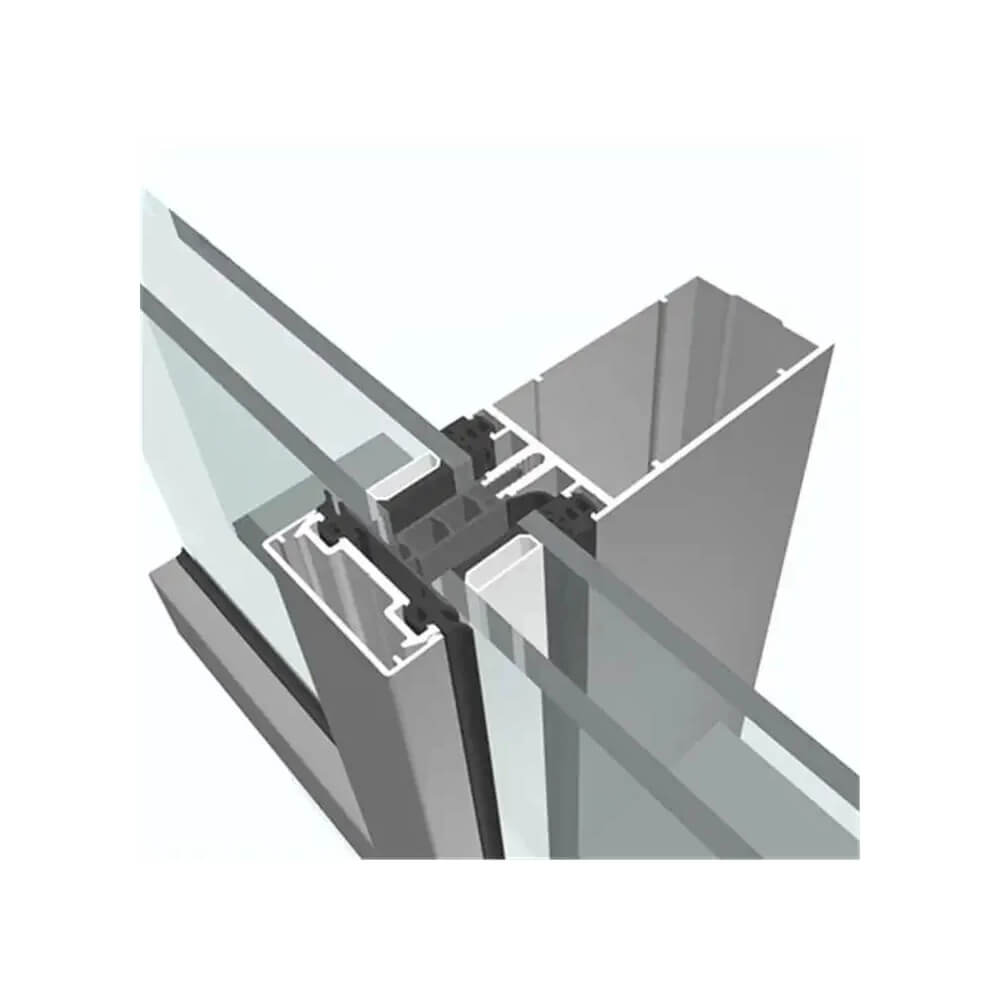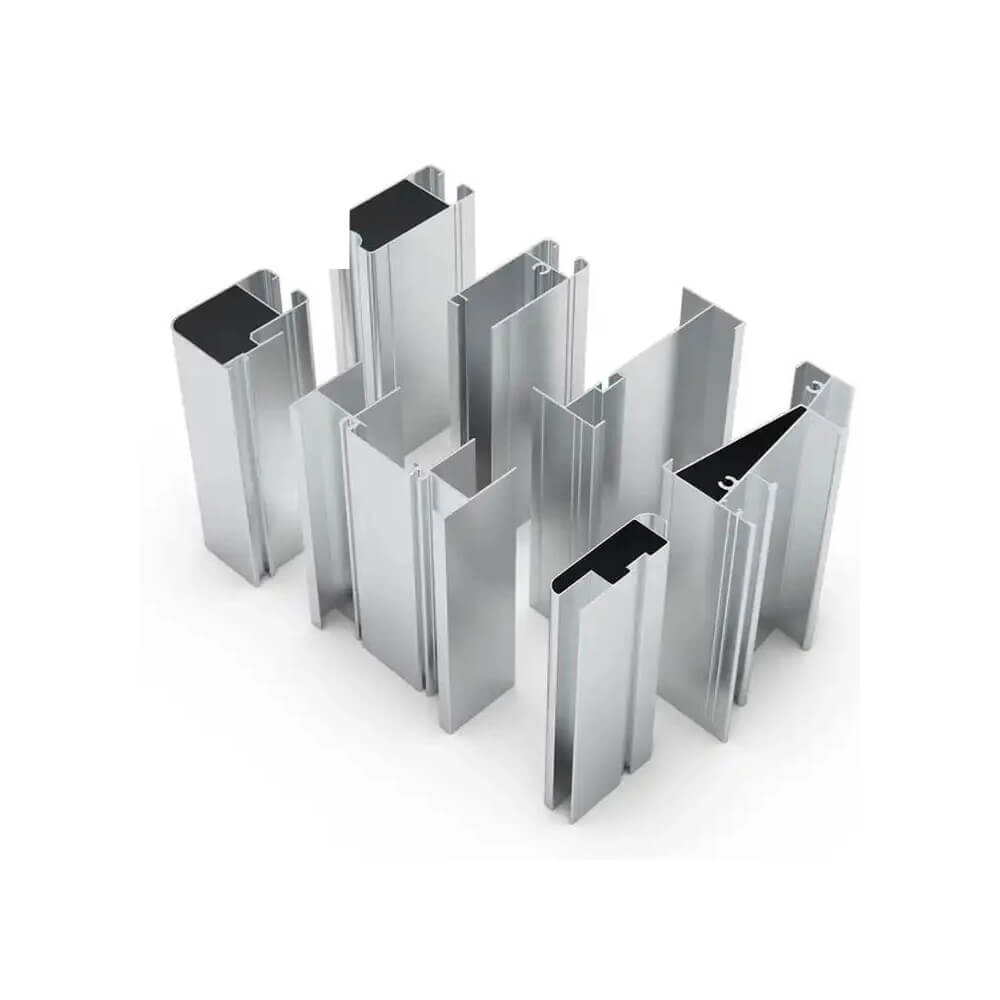In contemporary architecture, curtain wall systems serve as both aesthetic and functional components, enveloping buildings with sleek glass facades. However, these lightweight, non-structural exteriors pose a significant challenge—balancing transparency with energy efficiency. As sustainability becomes paramount in construction, architects and engineers seek innovative materials that optimize performance without compromising design flexibility. Aluminum extrusions have emerged as a cornerstone of energy-efficient curtain walls, offering unparalleled versatility, structural integrity, and thermal optimization.
Understanding Curtain Wall Systems
Curtain walls are exterior façade systems that do not bear the building's structural load. Instead, they act as protective enclosures, shielding interiors from environmental elements while permitting abundant natural light. There are three primary types of curtain wall systems:
- Stick-built systems, assembled on-site from individual components, allow design adaptability but require extensive labor.
- Unitized systems, prefabricated in modules for rapid installation and enhanced quality control.
- Hybrid systems, which blend aspects of both methods to balance customization and efficiency.
Materials such as glass, steel, and aluminum play crucial roles in curtain wall construction, but aluminum extrusions have become the preferred choice due to their lightweight nature and adaptability.
Curtain Wall Aluminum Profile Supplier
The Unique Properties of Aluminum Extrusions
Aluminum extrusions are precision-formed profiles created by forcing aluminum through a die, yielding intricate cross-sectional shapes. This manufacturing process enhances energy efficiency in several ways:
- High strength-to-weight ratio: Aluminum extrusions provide structural support while remaining lightweight, reducing overall material usage and enabling slender, elegant façade designs.
- Thermal conductivity control: Raw aluminum is highly conductive, but extrusion techniques allow for the integration of thermal barriers, significantly improving insulation.
- Customizability: Engineers can tailor extrusion designs to incorporate advanced glazing channels, weatherproofing elements, and insulation pockets, enhancing energy conservation.
Thermal Break Technology in Aluminum Extrusions
One of the most crucial advancements in aluminum extrusions for curtain walls is the integration of thermal breaks. Without them, aluminum's inherent conductivity would create thermal bridges, allowing heat to pass freely between interior and exterior environments, undermining energy efficiency.
Thermal breaks, often made of polyamide or structural resin, disrupt this transfer by forming insulating barriers within the extruded profiles. This reduces heat loss in winter and prevents excessive heat gain in summer, lowering reliance on HVAC systems. Advances in thermal break technology continue to refine the balance between structural performance and insulation.
Enhancing Passive Solar Performance
Beyond reducing energy loss, aluminum extrusions actively contribute to passive solar design, an architectural strategy that harnesses natural light and heat for climate-responsive efficiency. Well-designed extrusion profiles optimize solar gain in colder months while minimizing overheating in summer through integrated shading elements.
Features such as:
- Deep mullions and fins that redirect sunlight
- Adaptive glazing pockets that accommodate dynamic glass technologies
- Angled extrusion geometries to optimize shading angles
These innovations ensure curtain walls are not just passive barriers but dynamic participants in a building's energy strategy.
Aluminum Extrusion Profiles For Curtain Wall
Durability and Lifecycle Energy Savings
While initial construction costs often dictate material choices, long-term energy savings, and durability make aluminum extrusions a wise investment. Unlike steel, which is prone to corrosion, or PVC, which degrades over time, aluminum boasts exceptional longevity.
- Resistance to weathering: Aluminum does not rust and withstands harsh environmental conditions with minimal maintenance.
- Recyclability: Aluminum is one of the most highly recyclable building materials, retaining its properties even after multiple recycling cycles.
- Sustainable lifecycle costs: Though extruded aluminum may carry a higher upfront price, its extended service life and insulation benefits yield significant reductions in operational energy expenditures.
Future Innovations in Aluminum Extrusion Technology
The evolution of aluminum extrusions continues to push the boundaries of energy efficiency. Emerging developments include:
- Advanced alloy compositions, incorporate elements that enhance strength while reducing weight.
- Smart coatings, such as low-emissivity (low-E) and nanotechnology-based finishes, further mitigate thermal transmission.
- Integration with smart façades, enabling real-time adaptation to climatic conditions through motorized louver systems and electrochromic glazing.
As net-zero energy buildings become the standard rather than the exception, aluminum extrusions will play an integral role in shaping the future of sustainable urban landscapes.
Conclusion
Aluminum extrusions have transformed curtain wall systems from mere architectural embellishments into high-performance energy regulators. Their lightweight strength, adaptability, and integration with thermal technologies make them an indispensable tool in modern façade engineering. As climate-conscious design takes center stage, embracing the benefits of extruded aluminum ensures that tomorrow's buildings achieve both aesthetic excellence and environmental responsibility.



